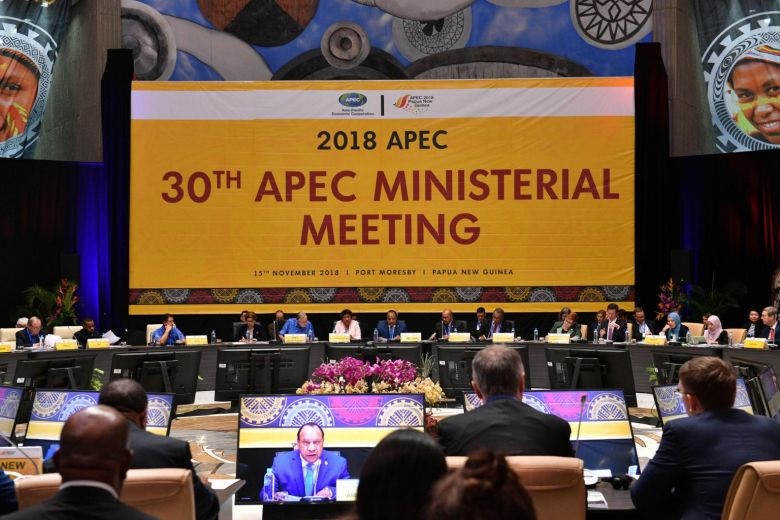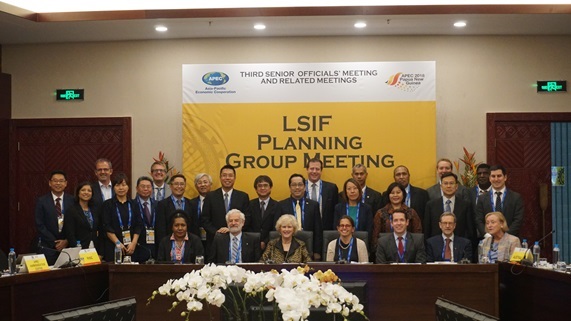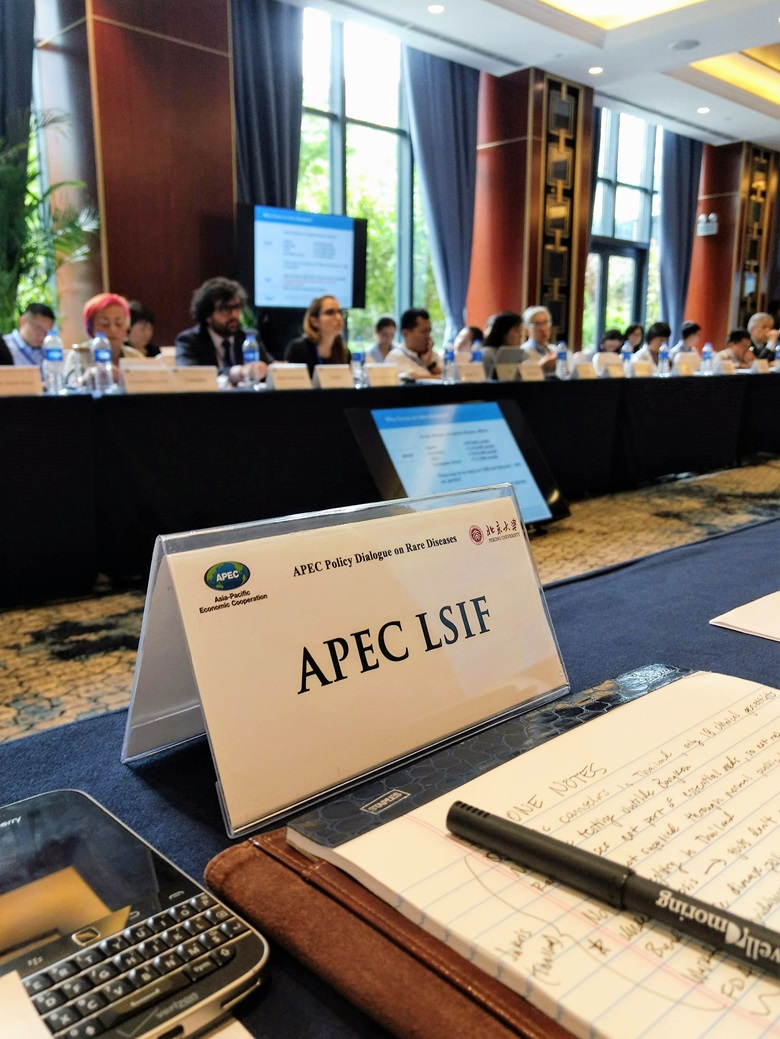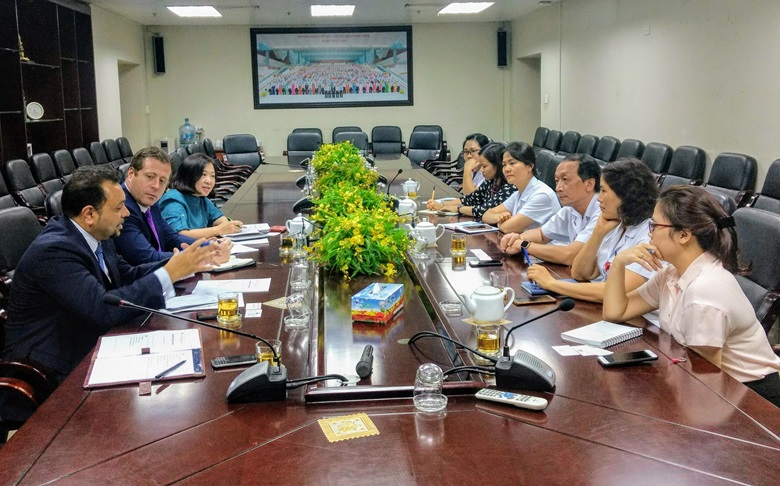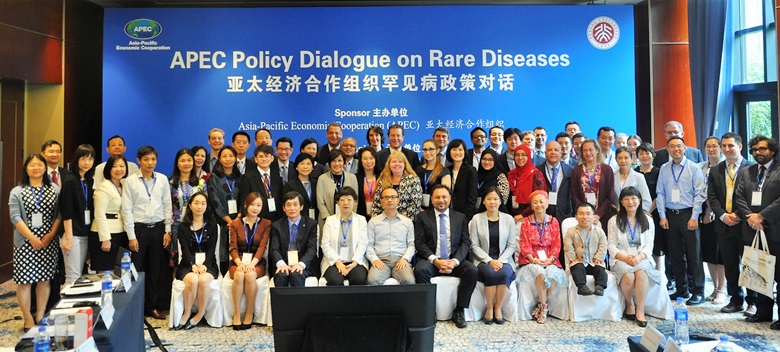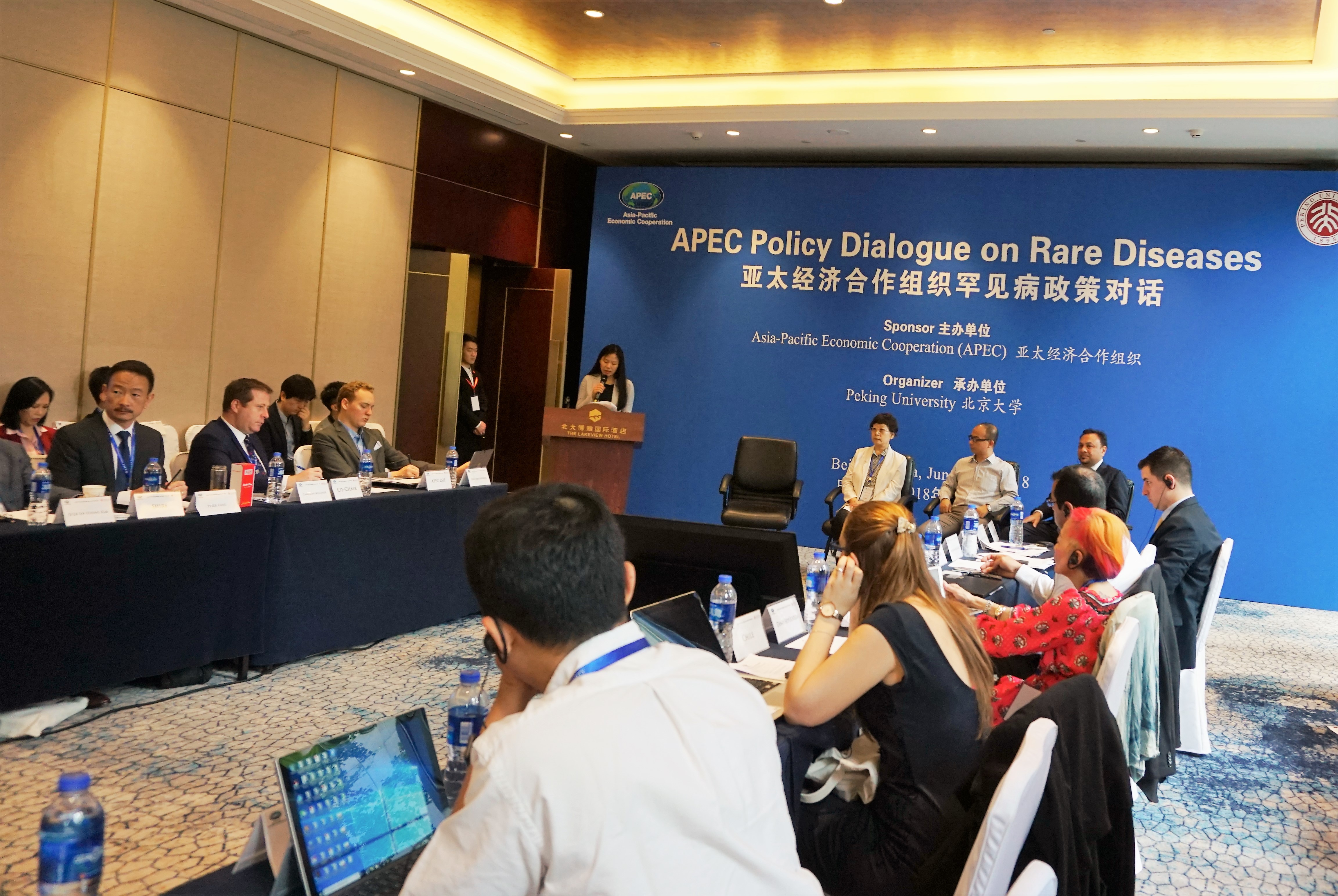
Papua New Guinea, 19 November 2018 During the APEC CEO Summit 2018 from November 15th to 17th, the APEC LSIF Rare Disease Network announced the official launch of a Rare Disease Action Plan to provide APEC Economies with a framework for policy action to tackle the challenges of rare diseases. The Action Plan outlines 10 key areas for action including: raising public awareness of rare diseases; better use of technology to enhance the purposeful use of data in clinical decision-making; and healthcare system design to ensure that patients are diagnosed and cared for in a timely manner. The Action Plan calls for APEC’s 21-member economies to improve the economic and social inclusion of individuals living with rare diseases, with clear targets by 2025.
Rare Disease Strategy in Support of the ‘Healthy Asia Pacific 2020’ Initiative
In its Health Asia Pacific 2020 statement, APEC recognizes that “health is the foundation of economic prosperity and human development” and highlights the importance of “promoting health systems towards the achievement of Universal Health Coverage (UHC), which are resilient, sustainable, accessible and responsive to current and future needs.” The statement also calls on APEC economies to strengthen health systems to support UHC and, in doing so, to “collaborate with stakeholders and share experiences to provide the whole population, including poor, vulnerable and marginalized groups, with access to safe, effective, high quality and affordable primary health care.”
No APEC economy will be able to claim that is has achieved APEC Leaders’ vision for health, or successfully implemented “Healthy Asia-Pacific 2020”, if it has not adequately and equitably met the needs of people living with rare diseases. This builds upon the 7th APEC High-Level Meeting on Health & the Economy (HLM7) in August 2017 in Ho Chi Minh City, Viet Nam where Health Ministers and health officials previously recognized and highlighted the importance of addressing rare diseases.
Advocating for Better Care and Patient Access
This is the first step towards harmonizing and integrating care for rare disease patients who have largely been marginalized or left behind by healthcare systems around the world. Rare diseases affect approximately 6-8% of the population , an estimated 200 million people in the APEC region are living with one of the 7,000 known rare diseases of which 80% are genetic in origin.
One in three children born with a rare disease is unlikely to see their fifth birthday . People living with a rare disease face lengthy delays in receiving a diagnosis and often go through a diagnostic odyssey – 40% being misdiagnosed at least once.
“As a mom of two children born with rare conditions, this big, bold initiative gives me great hope that we are moving toward the day when no child remains undiagnosed and every diagnosed patient gets the help needed, close to home if possible or at a remote specialty site if most appropriate. By connecting patients with each other and all other stakeholders under the APEC Rare Disease Action Plan, we will ensure that no family has to face a rare disease alone,” said Ms. Durhane Wong-Rieger, Chair of Rare Disease International.
Formation of Rare Disease Experts in APEC
Formed in August 2017, the APEC LSIF Rare Disease Network reflects APECs tripartite approach to stakeholder engagement: academic institutions like the Queensland University of Technology, governments like Papua New Guinea; and industry partners like Shire, Pfizer, Sanofi, Alexion, in consultancy with patient groups like Rare Disease International.
Professor Matthew Bellgard, Chair of APEC LSIF Rare Disease Network and Queensland University of Technology Director of eResearch, Division of Research and Commercialisation said: “Technological disruption could play a major role in a challenging field like rare diseases – both in diagnosis and management.”
“Besides new innovations, we need to put our brains together and embrace our diversity, and this strong network in APEC ensures that each one of us look at the challenges of rare diseases from the many different perspectives. The launch of the APEC strategy today signals the start of a greater level of coordination and collaboration in pursuit of better support for the rare disease community,” said Professor Bellgard.
In order to collaborate powerfully and accelerate targeted action, the APEC LSIF Rare Disease network will continue to engage with stakeholders across APEC over the course of 2019 to ensure progress in piloting key local programs. Coming together as a healthcare industry is critical for the success of driving earlier access, diagnosis and treatment.
“Shire supported the formation of the APEC LSIF Rare Disease Network and serves as the industry co-chair – representing a group of companies that have a collective, yet special interest in improving patients’ care. Together, we aim to build the link to connect local rare disease policies with transformational solutions, and effective care management with the patient’s voice,” said Mr Cameron Milliner, APEC LSIF Rare Disease Network Industry Co-chair and Head of Public Affairs and Patient Advocacy Asia Pacific at Shire.
For more information, visit: https://www.apec.org/rarediseases
About APEC
The Asia Pacific Economic Cooperation is an important framework for advancing the prosperity of people and societies in the region. Together, APEC governments and business achieve this by deepening economic cooperation, improving the environment for trade and investment, ushering inclusive and sustainable growth, and adapting innovative measures. The APEC Life Sciences Innovation Forum (LSIF), established by APEC Leaders in 2002, is APEC's leading initiative on health sciences innovation. It is a tripartite forum that engages representatives from the highest levels of government, industry and academia to create the right policy environment for innovation in the medical life sciences sector. APEC’s 21-member economies are: Australia; Brunei Darussalam; Canada; Chile; China; Hong Kong, China; Indonesia; Japan; Republic of Korea; Malaysia; Mexico; New Zealand; Papua New Guinea; Peru; the Philippines; Russia; Singapore; Chinese Taipei; Thailand; the United States; and, Viet Nam.
NOTES TO EDITORS
FOR FURTHER INFORMATION, PLEASE CONTACT:
Michael Schmitz
APEC Life Sciences Innovation Forum
Email: [email protected] Direct: +1 202 508 8965
Sung Lee
Head of Communications Asia Pacific, Shire
Email: [email protected] Mobile: +65 8799 0365





